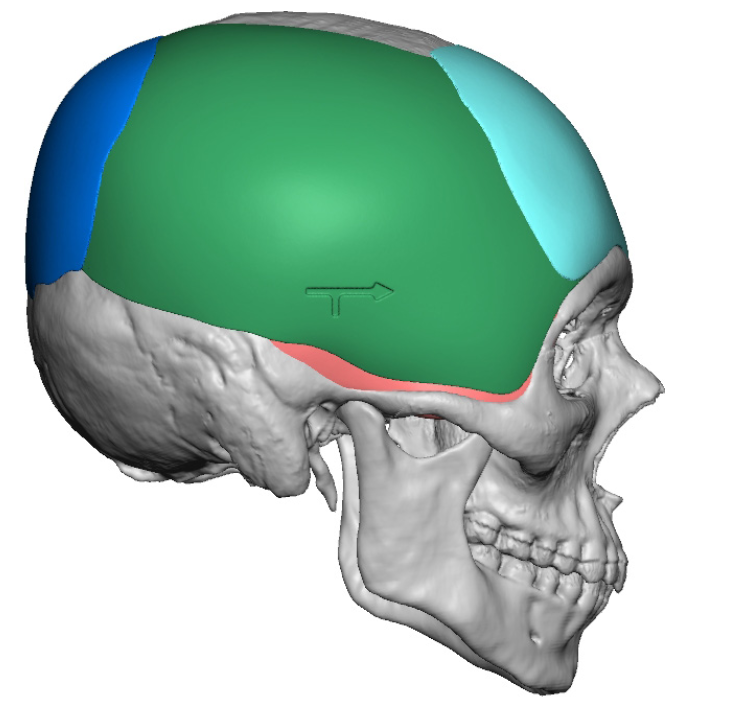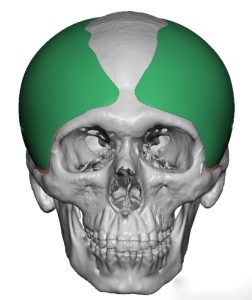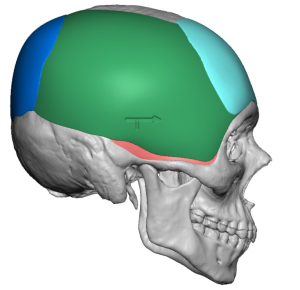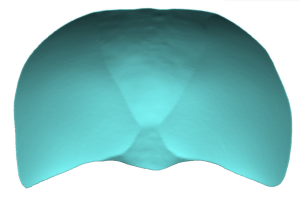Background: Augmentations of various areas of the skull can be successfully done for a wide variety of head shape deficiencies. Such aesthetic skull implants work because of the good vascularity of the scalp and skull bone, the ability of the scalp to stretch to accommodate the underlying bone expansion and the use of custom implant designs based on the patient’s 3D CT scan.
But despite these advantages the aesthetic effects of custom skull implants is based on design estimates and the importance of using small scalp incisions to place them. As a result there are some limitations as to what the outcomes can be with an initial implant placement. There is also the not uncommon change of the patient’s goals after surgery. Once wearing an implant for awhile, so to speak, patients may decide they need more or less of an augmentation effect…or greater or lesser skull surface area coverage.
With a skull implant in place in which some additional augmentative enhancements are desired the question is what is the best way to do so. One obvious option is to design a whole new skull implant and replace it. Another option, however, is to do an overlay implant or a ‘topper’. This means the original implant stays in police and a new usually smaller implant is placed on top of it. There are numerous indications for its use but conceptually it is considered when the volume ratio of the needed augmentation is 20% or less than the indwelling implant volume. (in other words a lot smaller)
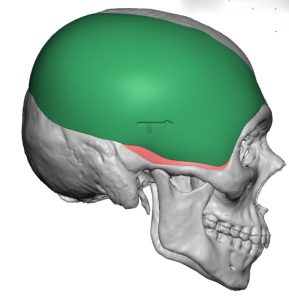
He went on to successful healing. He did have some prolonged seroma fluid collections, which is not rare with these type of skull implants, that requires serial aspirations. But eventually the fluid collections resolved and he went on to full healing. Once he could see the full results he determined that he wanted some additional augmentation to the back as well as to fill in the areas of the forehead that the original implant did not cover.
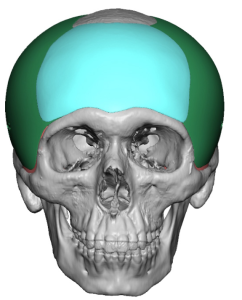
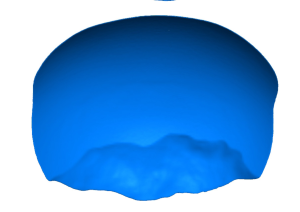
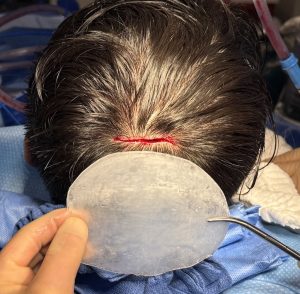
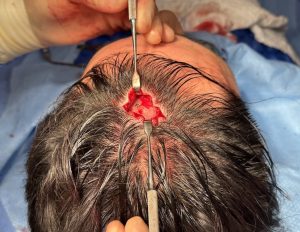
The use of implant overlays can be a successful secondary skull implant strategy provided that the additional augmentation is not excessive or the original implant surface area coverage is not being greatly expanded.
Key Points:
1) Implant overlays are a technique in secondary skull augmentations for either an additional augmentation effect over existing or partially new skull areas.
2) Like the original custom implants overlays must also be custom designed with information in them that helps guide placement.
3) Overlay skull implants can usually be placed through the same incisions as the original implants were done.
Dr. Barry Eppley
World-Renowned Plastic Surgeon

